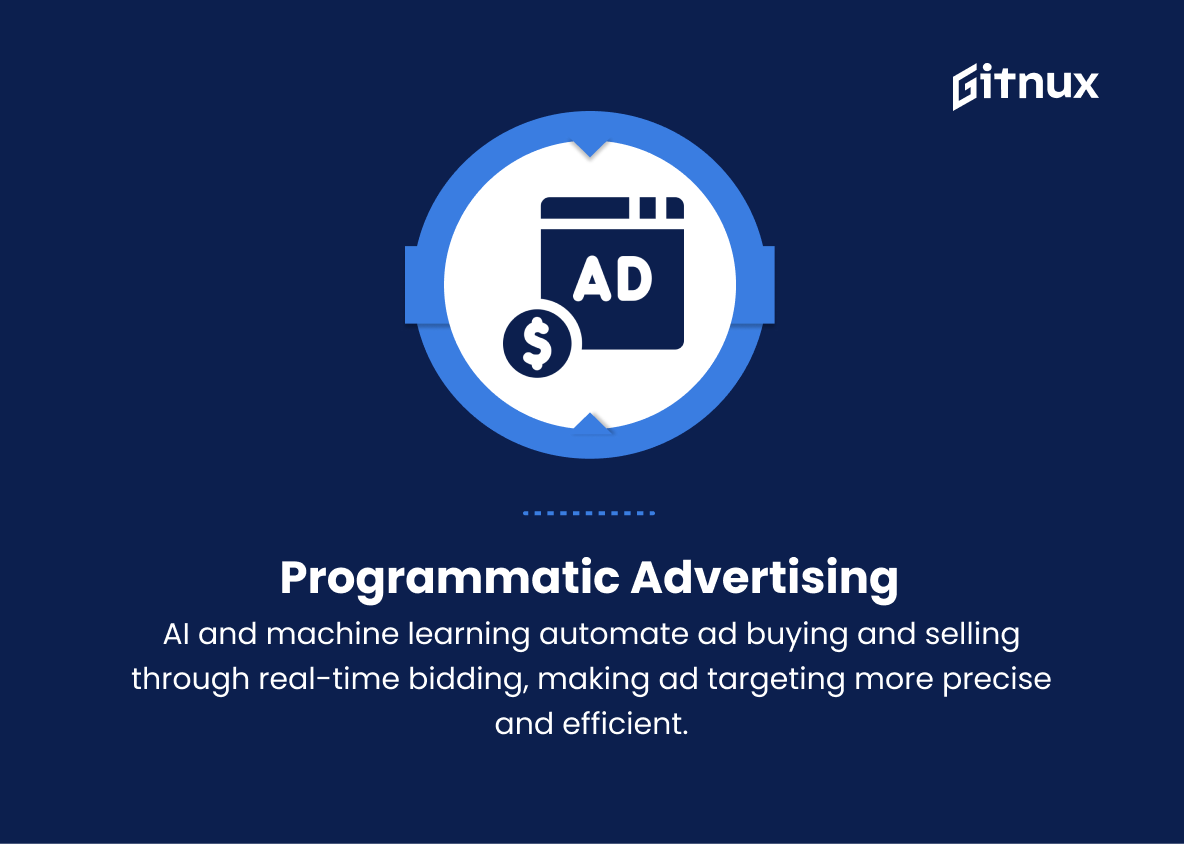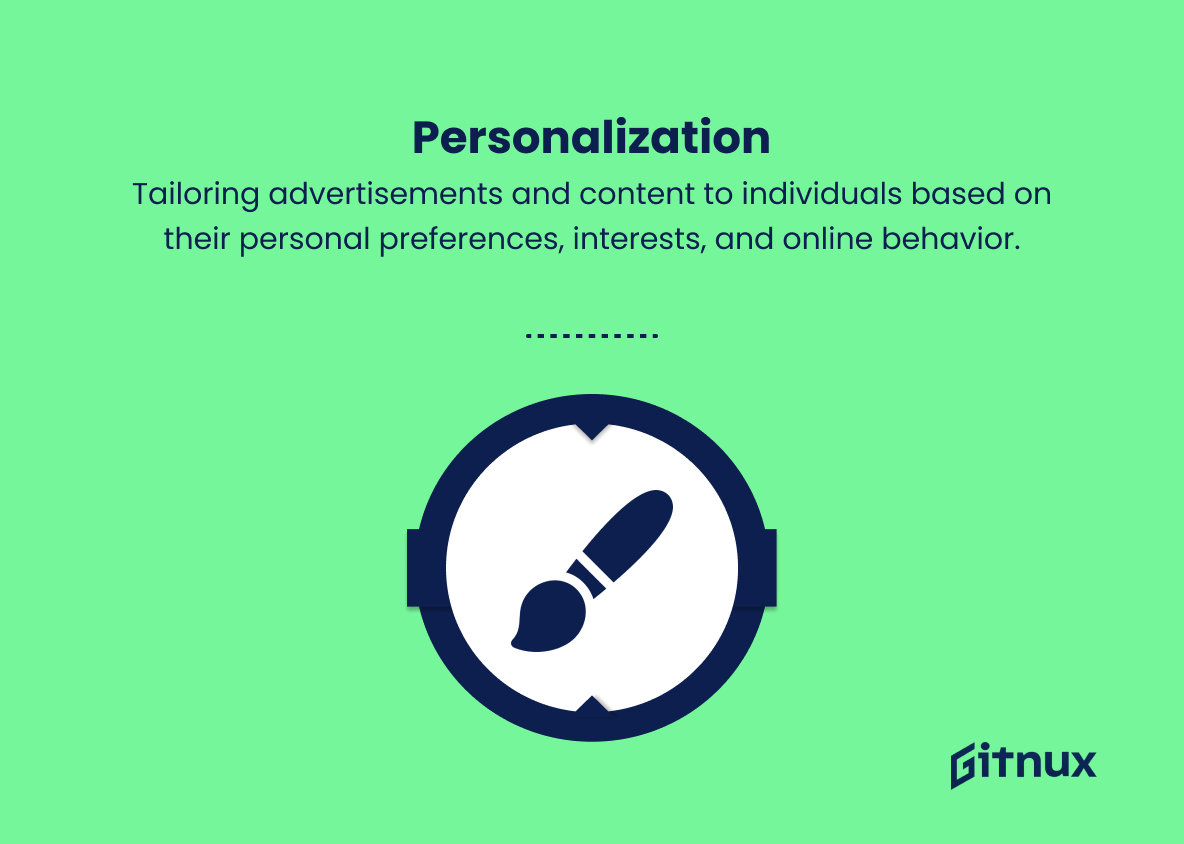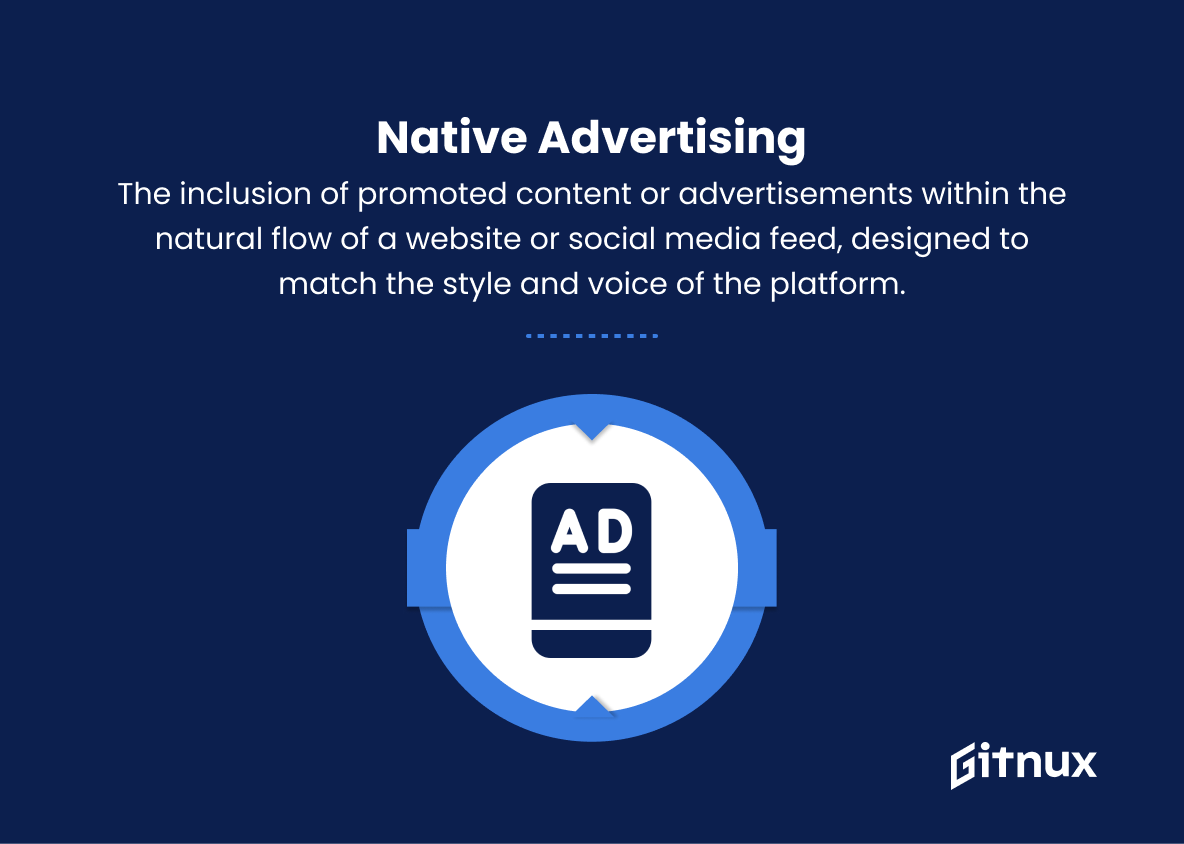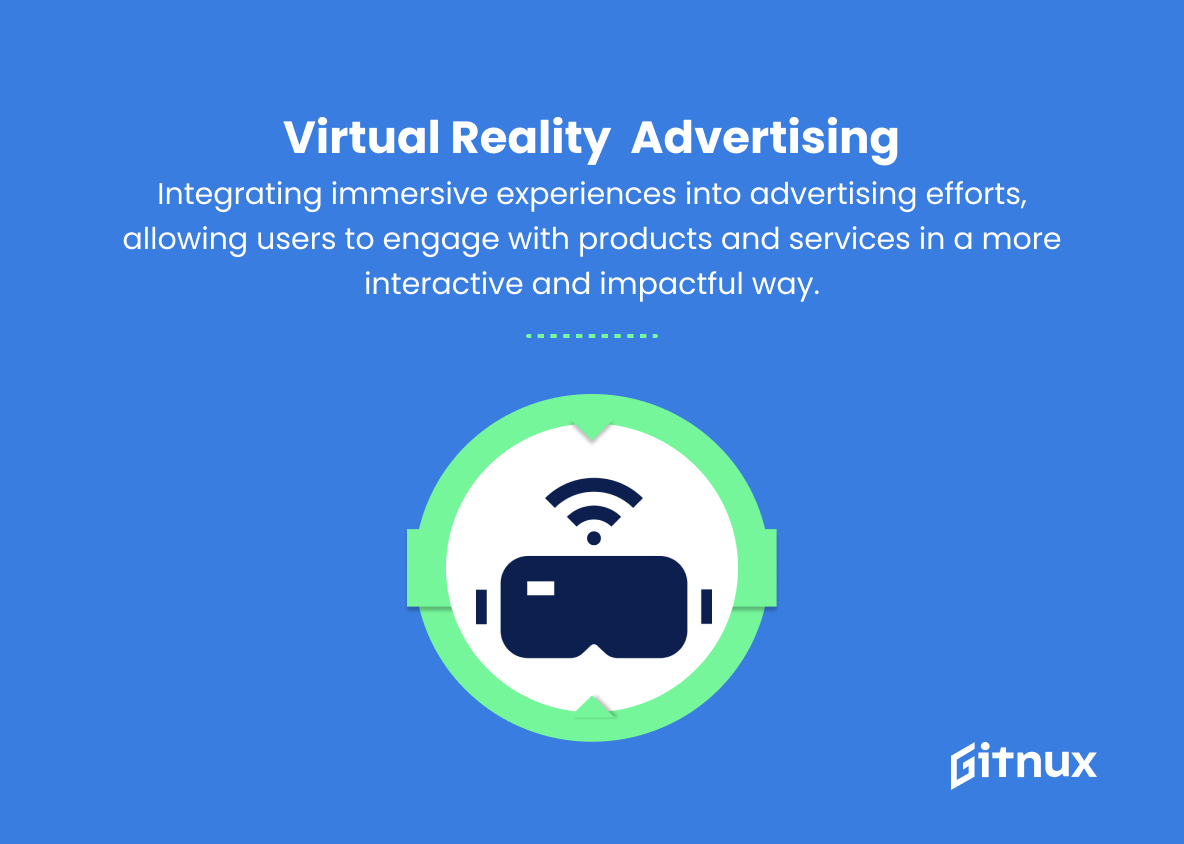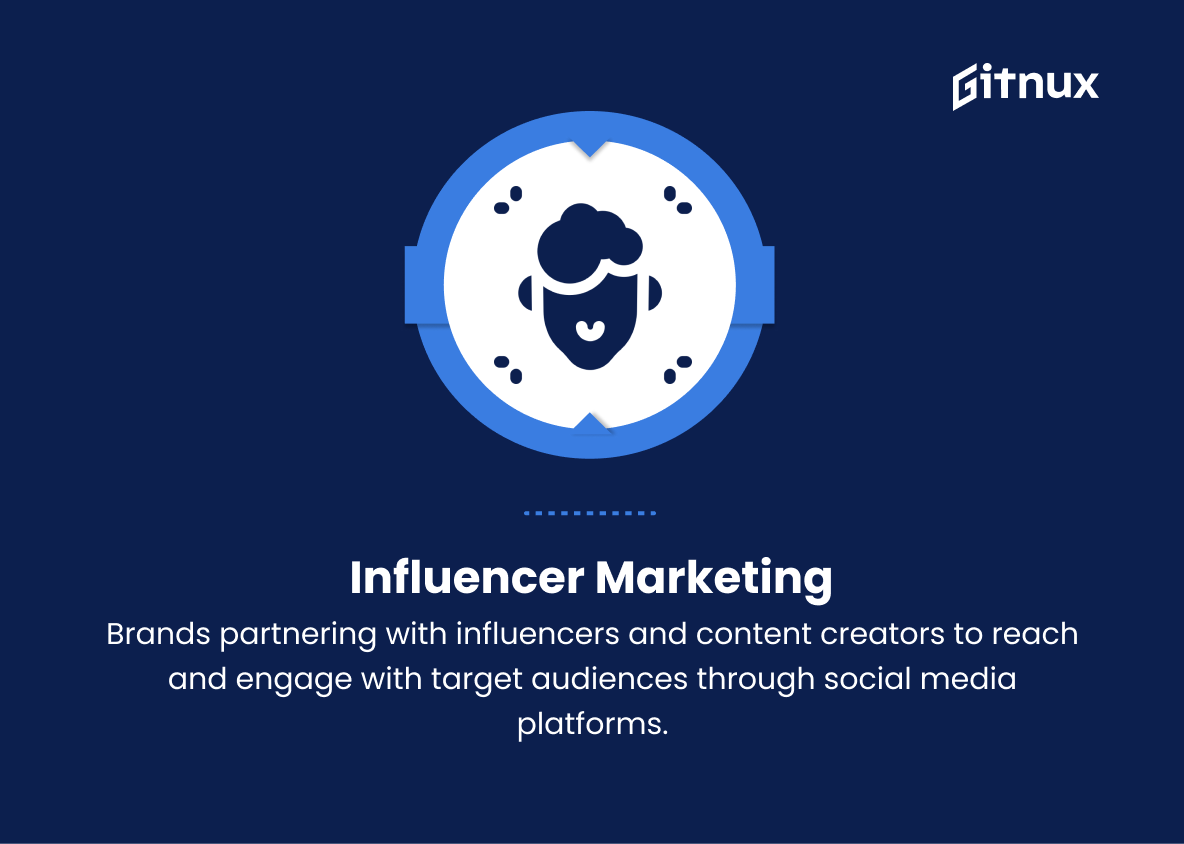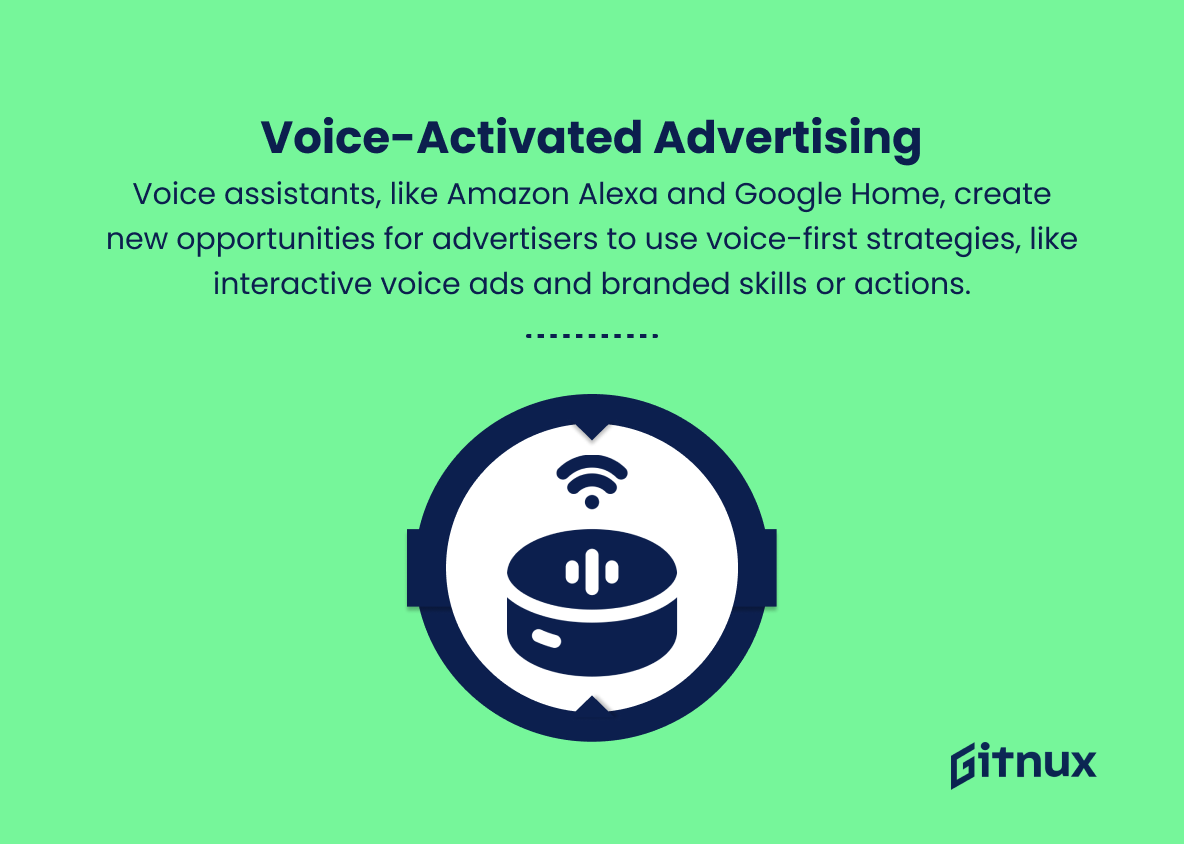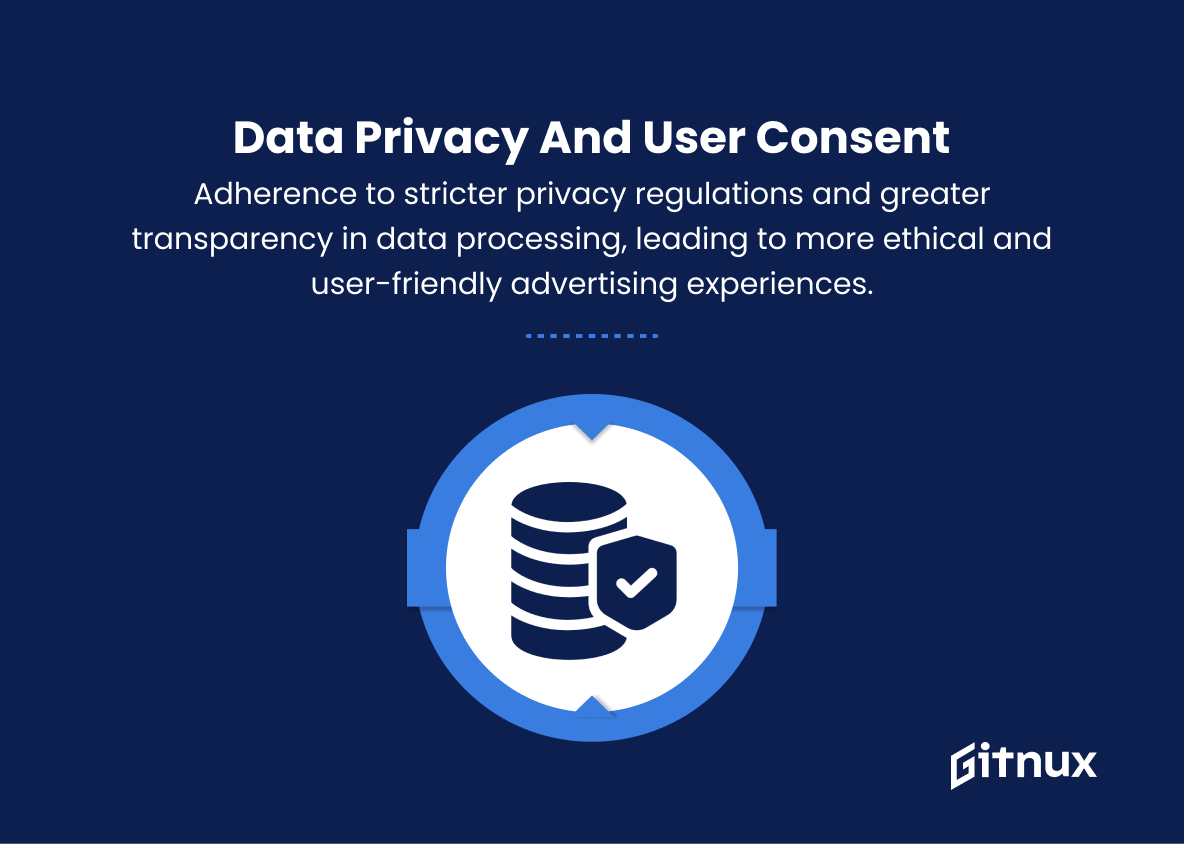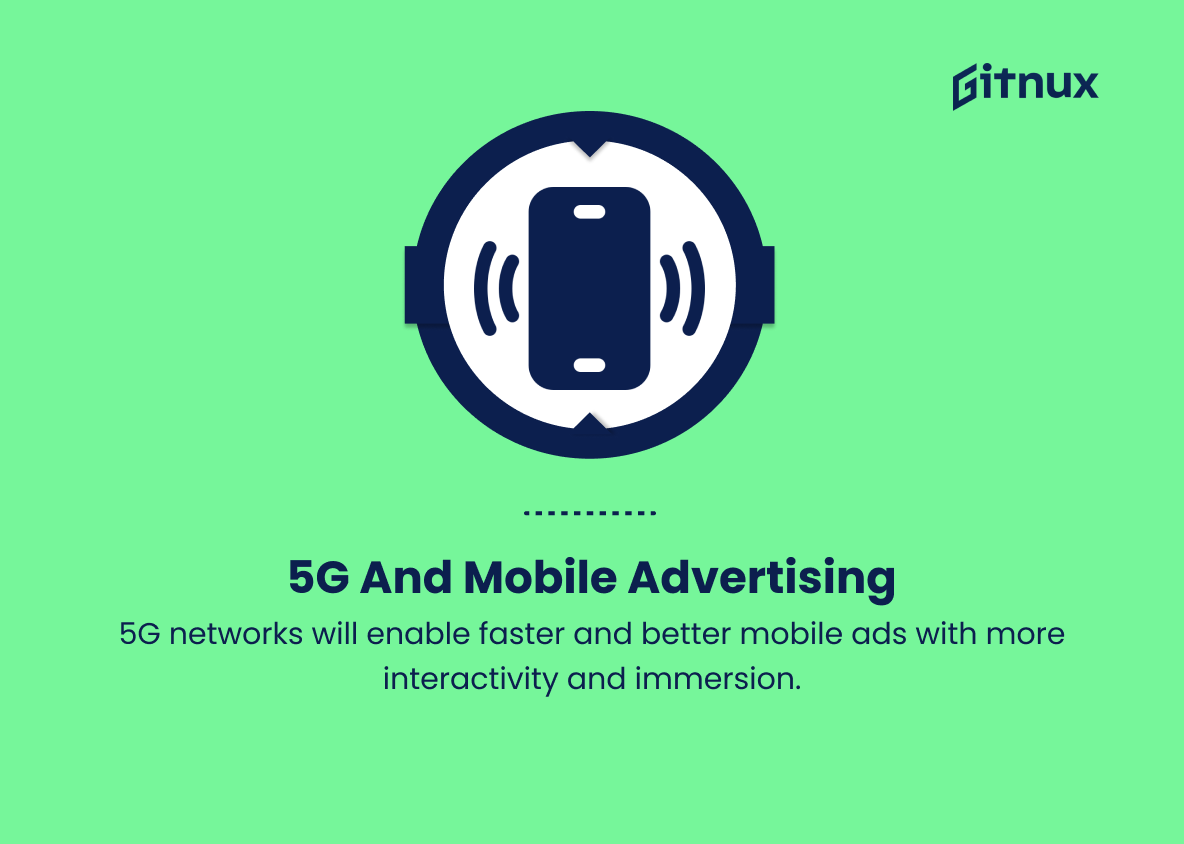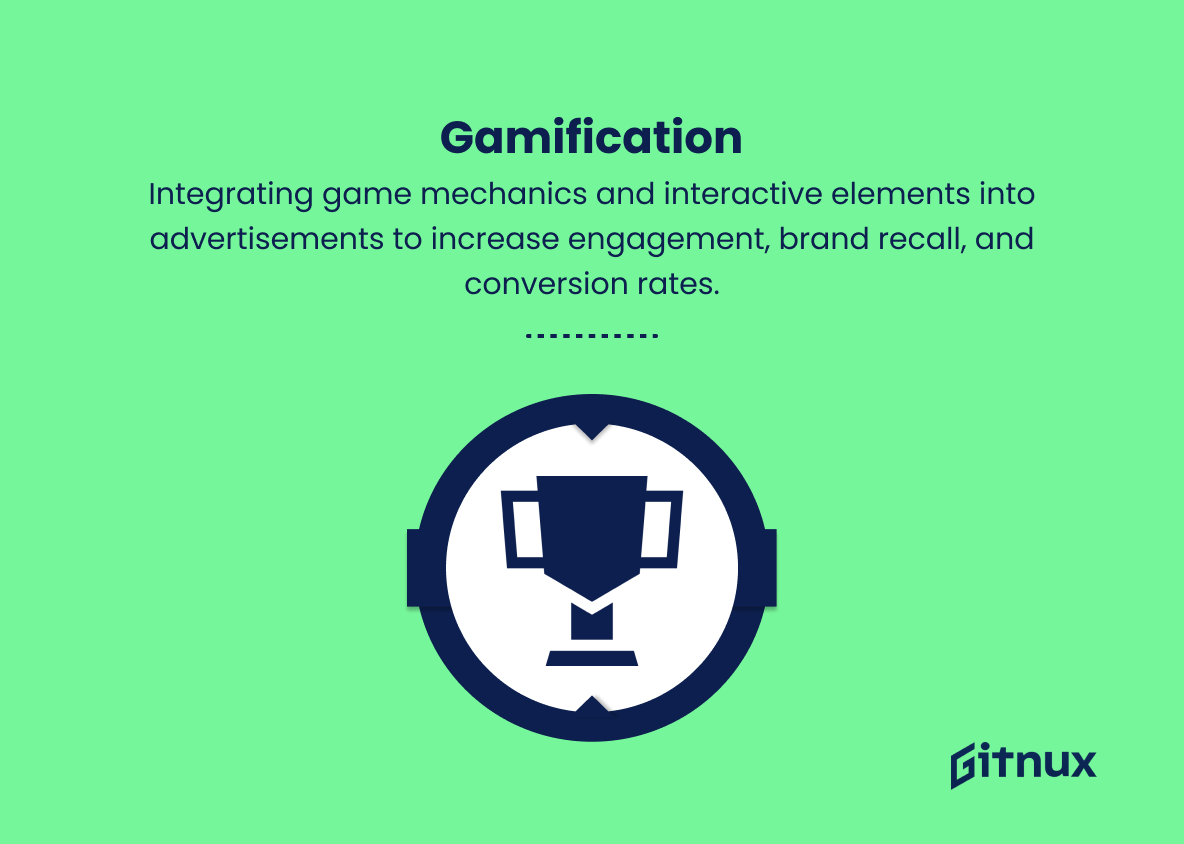In today’s rapidly-evolving digital landscape, advertising technology continues to redefine the way brands communicate with their target audience, leveraging cutting-edge innovations to stay ahead of the curve. As we delve deeper into this fascinating realm, it’s crucial for marketers, advertisers, and industry professionals to stay informed about the latest trends and developments that shape the future of advertising.
In this insightful blog post, we will explore emerging advertising technology trends, discussing their impact on brand performance, consumer experience, and industry dynamics, guiding you through the revolution that’s transforming ad strategies and revealing the opportunities that lie ahead in this ever-changing domain.
Top Advertising Technology Trends
1. Programmatic advertising
The automation of the buying and selling of ad inventory through real-time bidding with the help of artificial intelligence and machine learning, making ad targeting more precise and efficient.
2. Personalization
Tailoring advertisements and content to individuals based on their personal preferences, interests, and online behavior.
3. Omnichannel marketing
Integrating advertising campaigns across multiple platforms, including television, print, social media, and mobile devices, to provide a seamless and consistent experience for the target audience.
4. Native advertising
The inclusion of promoted content or advertisements within the natural flow of a website or social media feed, designed to match the style and voice of the platform.
5. Contextual targeting
Displaying relevant ads based on the content of the web page or media that the ad is being displayed on, leading to higher engagement and click-through rates (CTR).
6. Augmented Reality (AR) and Virtual Reality (VR) advertising
Integrating immersive experiences into advertising efforts, allowing users to engage with products and services in a more interactive and impactful way.
7. Video advertising
The increasing dominance of video content in advertising, with formats ranging from short video clips like Instagram Stories to live streaming and branded content.
8. Influencer marketing
Brands partnering with influencers and content creators to reach and engage with target audiences through social media platforms.
9. Voice-activated advertising
The rise of voice assistants, like Amazon Alexa and Google Home, leading to new opportunities for advertisers to deploy voice-first strategies, including interactive voice ads and branded skills or actions.
10. Chatbot and Conversational AI
Using AI-powered chatbots to engage with customers, answer questions, or assist in product selection, providing personalized, seamless experiences.
11. Data privacy and user consent
Adherence to stricter privacy regulations and greater transparency in data processing, leading to more ethical and user-friendly advertising experiences.
12. 5G and mobile advertising
With the rollout of 5G networks, advertisers will be able to deliver faster, higher-quality ad experiences on mobile devices, opening up new possibilities for interactive and immersive content.
13. The Internet of Things (IoT) advertising
The incorporation of advertisements into connected devices, from wearables to smart home appliances, enabling more targeted and data-driven campaigns.
14. Blockchain technology
The use of blockchain in advertising to improve transparency, reduce fraud, and streamline ad buying and selling processes.
15. Gamification
Integrating game mechanics and interactive elements into advertisements to increase engagement, brand recall, and conversion rates.
Implications
Advertising technology trends continue to evolve at a rapid pace, transforming the ways brands engage with audiences and deliver meaningful experiences. With the advent of programmatic advertising, automation, AI, and machine learning, ad targeting becomes more precise and efficient, while personalization caters to individual preferences and interests. Omnichannel marketing integrates campaigns across multiple platforms, and native advertising seamlessly blends content with the platform’s natural flow.
Contextual targeting increases engagement by displaying relevant ads based on surrounding content. AR, VR, and video advertising offer immersive and interactive experiences, while influencer marketing capitalizes on the trust and reach of content creators. Voice-activated advertising, chatbots, and conversational AI enhance user interactions, and data privacy and user consent practices promote ethical advertising. Advancements in 5G networks unlock the potential of interactive mobile ads, while IoT advertising targets users through connected devices.
Blockchain technology promises increased transparency and reduced fraud in the advertising world, and gamification allows advertisers to tap into audience immersion and interaction for improved brand recall and conversion rates. These trends, working in tandem, will reshape advertising landscapes and fundamentally alter how brands forge connections with users.
Conclusion
In conclusion, the world of advertising technology is in a constant state of evolution, as industry players strive to create innovative ways to capture audience attention and drive results. As these trends continue to emerge and gain momentum, advertisers must adapt and adopt them into their strategies to stay ahead of the curve.
By embracing AI-powered advertising, advanced data analysis, immersive interactive ads, and real-time personalization, marketers can stay competitive, maintain consumer engagement, and ultimately, achieve a higher return on investment. The key to success in this rapidly-changing landscape is to maintain a forward-thinking approach to new technologies and be prepared to continuously adapt to the ever-changing demands of the advertising world.
